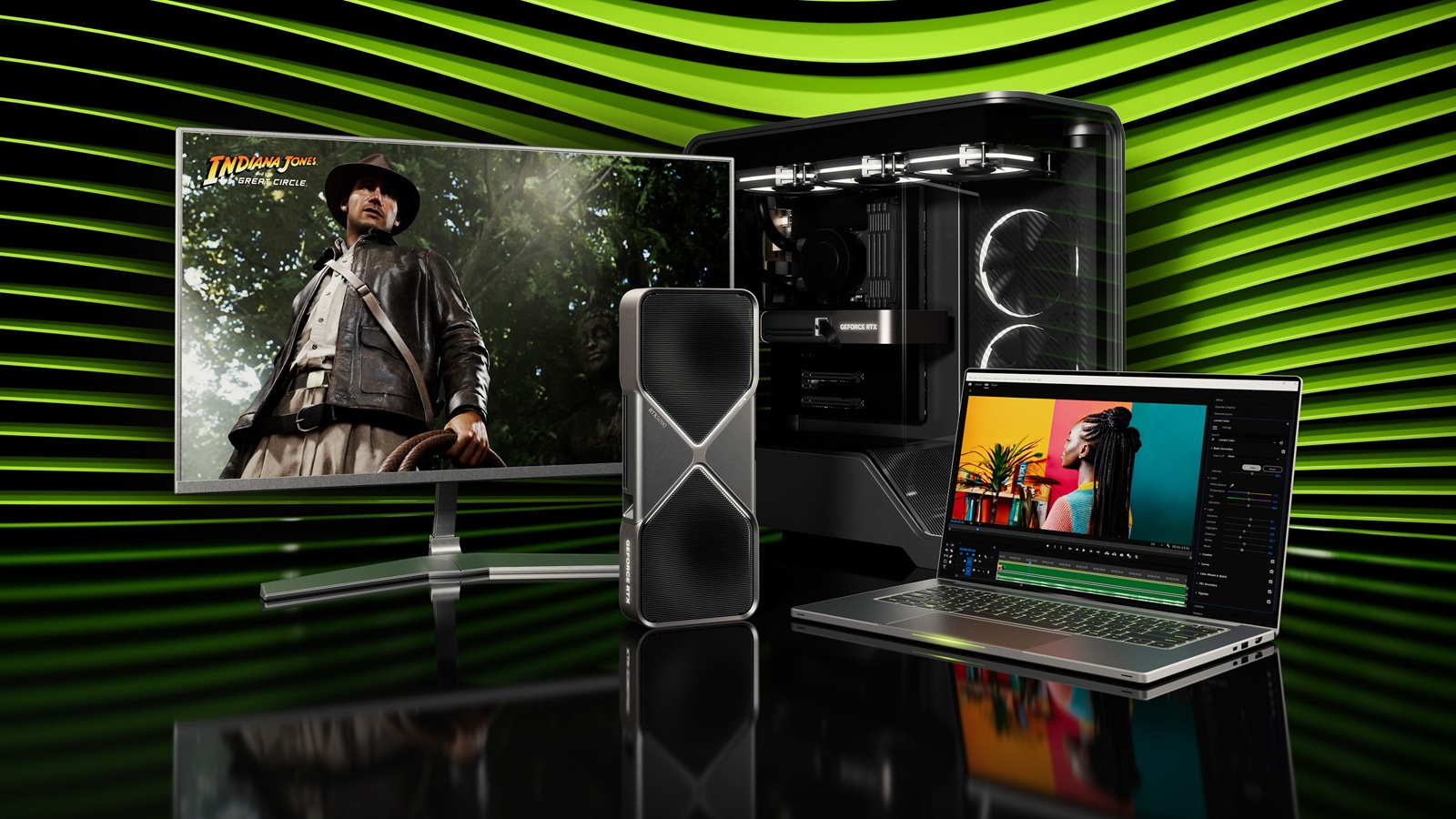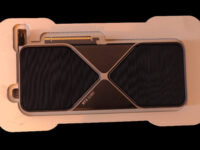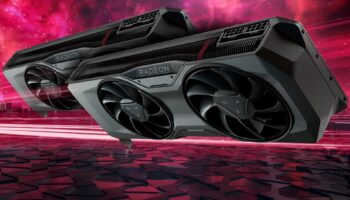
The GeForce RTX 5070 was the bestselling GPU among Steam gamers in May and the most sold desktop graphics card in April. Its market share grew from 0 to 0.71% in just two months. At this rate, it will likely have half as many users as the RTX 4070 Super just three months post-release. The 4070 Super was well-received and has been out for over a year.

The GeForce RTX 5070 is hardly any faster than the 4070 Super, features the same VRAM capacity (albeit faster), and retails around the $600 price point:
- The average gen-over-gen gains range from 3-6%, without any change in the ray-tracing performance.
- Multi-Frame Generation is nice to have, but requires more VRAM.
- Path-traced heavyweights like Indiana Jones use up to 18 GB of VRAM with frame generation, making it unfeasible on the 5070.
- The new Doom uses over 11 GB VRAM at the 1440p highest quality settings, so path-tracing will probably not be playable on the 5070.
- The RTX 5070 (250W) has a higher power rating than the RTX 4070 Super (220W), marking a drop in power efficiency.
- The GeForce RTX 5070 offers the smallest generational upgrade out of all the 70-class GPUs launched over the last decade.
- Its only saving grace is its cheaper MSRP (-$50 less than the 4070 Super). However, market prices continue to trend over $600.
Radeon GPUs Fail to Gain Traction

The Radeon RX 9070 was launched at $549 as a more performant alternative to the RTX 5070. However, market prices have remained much higher, close to $700 at most retailers. Unsurprisingly, either of the RX 9070 series GPUs has impacted the Steam hardware survey:
- The GeForce RTX 5060 Ti was May’s second-most adopted GPU among Steam gamers, gaining +0.21% share.
- The RTX 5070 Ti came in third with a smaller +0.11% month-over-month gain.
- The Radeon RX 7800 XT was the only notable AMD GPU among the leading sellers, gaining +0.09% share.
AMD CPU Market Share Gains
The CPU market share has been getting redder and redder, with AMD now accounting for 39.48% of Steam’s Windows users and 40.31% overall. Team Ryzen has a vast majority in the Linux segment, with nearly 70% of the share. Intel’s CPU market share has been gradually dropping over the last decade, approaching parity for the first time.






